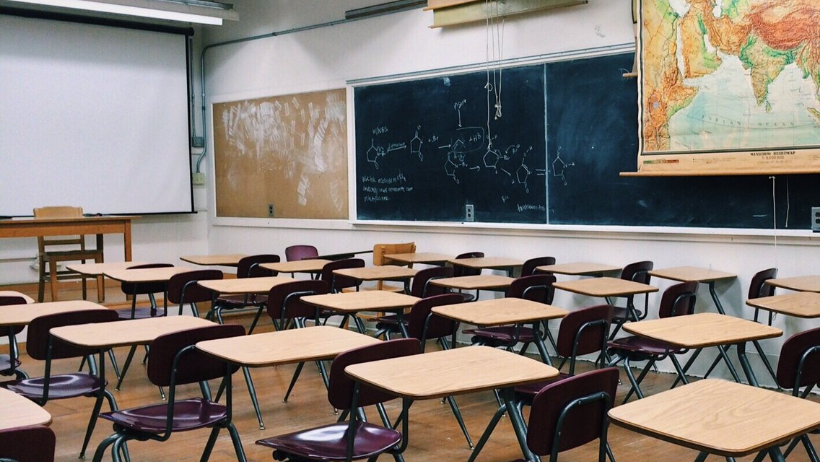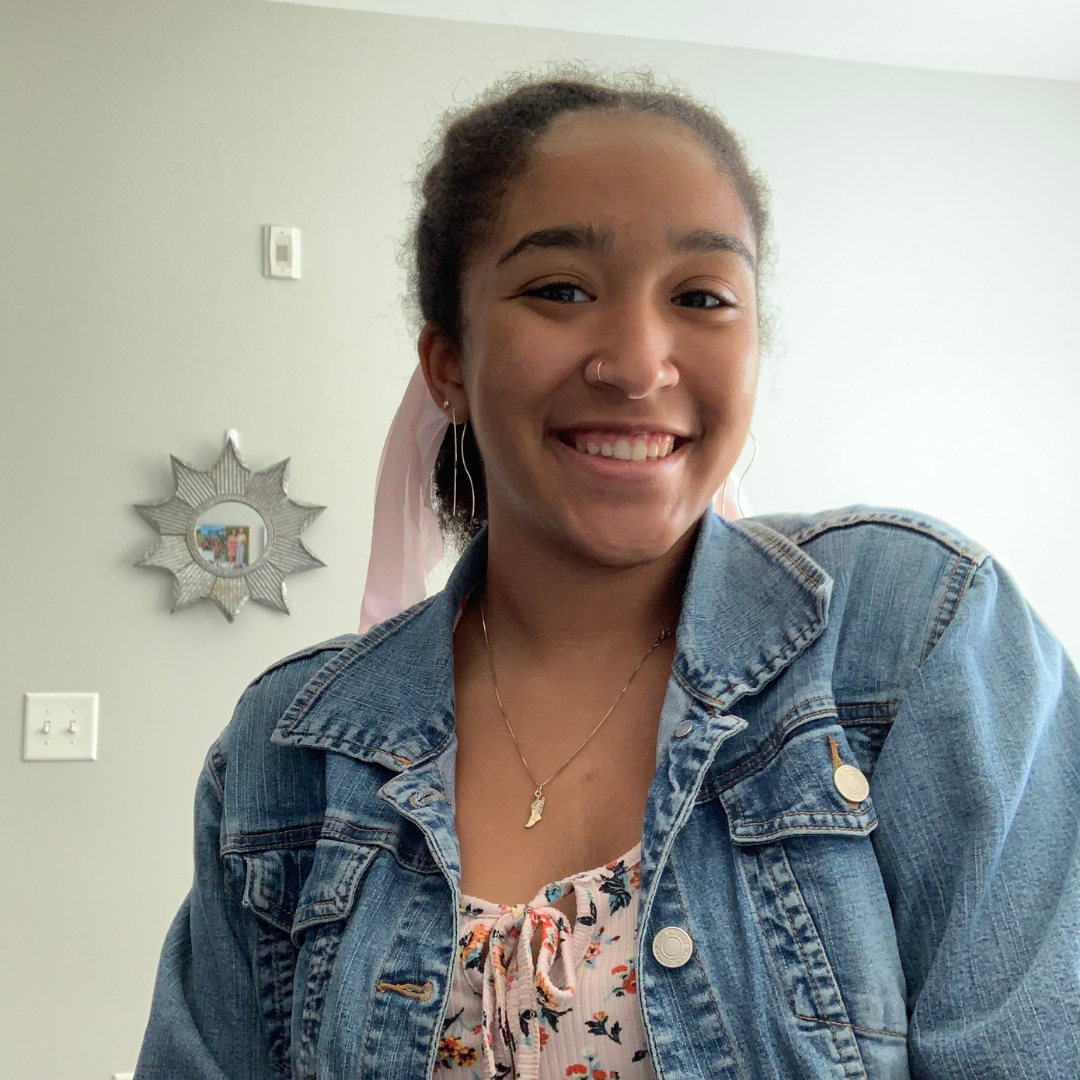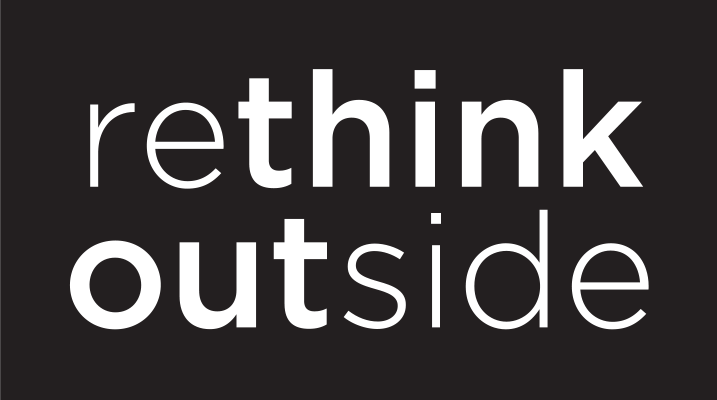Abolitionist Environmental and Place-Based Education

Providing environmental and place-based education in K-12 schools can be challenging, and doing so with a focus on justice and equity is even more so. Researchers Scott Morrison and Dani Toma-Harrold reconsider ways in which environmental and place-based education can be a form of what Bettina Love calls abolitionist teaching. In the blog post below, Scott and Dani share how all educators — especially classroom teachers — can Rethink Outside in ways that dismantle harmful practices and offer healing and restoration.
For the past few months, we have been interviewing self-identified justice-oriented environmental and place-based educators across the United States. They include classroom teachers, farm and garden educators, food justice advocates, and community organizers. We have asked them to share their approaches to curriculum and instruction, to reflect on the ways they integrate nature and place, and to describe the ways that their work could be considered antiracist. What we are learning from these interviews is that “getting outside” has layers of meaning, and that there is potential for environmental and place-based education to contribute to what Bettina Love calls abolitionist teaching. That is, “getting outside” might be one way to dismantle educational policies and practices that cause harm and move toward restoration and healing.
Worldwide attention on racial injustice, systemic inequality, and white supremacy has increased in recent years. The murders of Ahmaud Arbery, George Floyd, Breonna Taylor, and so many other Black Americans prompted calls for change, like defunding police and removing resource officers from schools in favor of more mental health and counseling services. Countless organizations, programs, and schools showed their solidarity with the #BlackLivesMatter movement with statements posted on websites and social media, and many expressed explicit commitments to equity and antiracism. The American Psychological Association, for example, acknowledged the need to dismantle racism in its field. Likewise, we have been reflecting on the history and presence of racism in education broadly and in environmental and place-based education in particular.
Generally, environmental and place-based education tends to be dominated by white voices and their concerns (Stapleton, 2020). When whiteness is the norm, detecting and eliminating implicit bias, microaggressions, and cultural incompetence is more challenging. As Dillard (2019) explains, whiteness can function as a weapon that targets Black and Brown students in schools. For example, Black and Brown students are often expected to dismiss their home cultures and conform to white norms as a means of survival. If not, they face considerably harsher punishments than their white peers for similar or smaller infractions. Curriculum violence and standardized tests (see Kendi, 2016) can also be sources of racialized trauma and emotional harm.
While there have been many attempts to improve access to quality education and produce more equitable outcomes for all students, from charter schools to positive behavior systems to technology integration, there has been little meaningful change. Research has shown for decades that race is salient in both environmentalism and education. Culturally relevant pedagogy is a theoretical framework for equity that has helped Black and Brown students leverage their home cultures as assets and therefore thrive in academic settings (Ladson-Billings, 1995). Unfortunately, too many educators struggle with being culturally relevant, which makes sense because the education system was not designed to be so (Spring, 2016). Moreover, without acknowledging the socio-political aspects of curriculum, instruction, and assessment, schools will not be able to address the presence and power of white supremacy (see Ladson-Billings, 2021).
In her 2019 book entitled We Want to Do More Than Survive: Abolitionist Teaching and the Pursuit of Educational Freedom, Bettina Love proposes abolitionist teaching as a possible remedy for the root causes of inequities in education. Abolitionist teaching is a response to the educational survival complex — the myriad ways that schools rob students of color of their humanity and prepare them for lives of exhaustion and trauma. Abolitionist teaching works to challenge and dismantle white supremacy in schools by eliminating zero-tolerance policies in favor of restorative justice, integrating students’ cultural and community knowledge into curriculum (see Yosso, 2005), and ensuring all students have ample opportunities to move and play. Abolitionist teaching is about making schools humane and welcoming and empowering for everyone.
In our research study so far, we are seeing some intersections between abolitionist teaching and environmental and place-based education. Getting students outside of classrooms and schools and connected with nature, land, people, and communities can push back against oppressive norms and practices. To date, we have interviewed about 20 people and have over 60 more to be scheduled. We have been recruiting participants via email and social media, and we are especially interested in talking to more Black, Indigenous, Latinx, and people of color involved in environmental and place-based education broadly defined. Data collection will continue for the next few months. Here is a link for anyone interested in being interviewed: https://bit.ly/antiracistEE2021.
Our preliminary analysis of the data shows some common themes, which we hope illuminates what abolitionist environmental and place-based education can look like.
- Everyday, everywhere — We interviewed people who came from completely different backgrounds and experiences, and all had unique ways of utilizing nature and place in their work on a daily basis. Regardless, all were able to offer rich educational opportunities for students. This is happening across regions, ages, and programs.
- Intentionality — Although there might be unintentional antiracist benefits of getting outside, like experiencing the mental and physical effects from being in nature, some of our participants expressed concern surrounding what may happen (and what has happened) when educators are not intentional about centering antiracism. One person mentioned that going outside in nature isn’t necessarily anti-racist because white supremacy does not disappear outside; it has to be intentionally dismantled wherever you are.
- Reclaiming space — Race shapes our connections to land. Many of the Black participants have talked about reconnecting with nature as a means of reclaiming space that was once unavailable to them or primarily a place of oppression. Nature can be very restorative, but it is complicated at the same time. For our Black participants, just being in nature and reclaiming space was anti-racist.
- Community expertise — Tapping into community expertise is a way of shifting who traditionally has knowledge and what knowledge is most valued. One participant, a classroom teacher, seeks out people in the community to serve as co-teachers during every unit of study. Others find ways to learn about students’ and families’ cultures, interests, needs, and brilliance. Integrating local history and current issues keeps students engaged and rooted in place.
- Mattering — All participants shared that student mattering was one of their main goals. Love (2019) describes mattering as feeling valued, appreciated, and safe. Connecting students and their community cultivates a more authentic context for learning.
- Curricular exploration and inquiry — Co-teaching and co-creating with students also helps tap into the expertise and passion that all students possess (see Emdin, 2016). By not putting limitations on students, they can deviate, make mistakes, and be curious. A few of our participants use walks to explore local areas with students, and their inquiries on their walks are starting points for further curricular exploration.
- Centering Black joy and genius — All of our participants mentioned something about centering Black joy and genius and not merely teaching about oppression and trauma. One participant emphasized the importance of Black students seeing themselves in the curriculum and for all students to notice the joy and genius of Black people in their community.
- Skill development — Most participants talked about the value in teaching specific skills, whether academic or social or related to citizenship and activism. Some participants mentioned literacy and numeracy skills that can be taught using gardens, while others alluded to science knowledge, ecological awareness, agricultural practices, and political organizing.
In addition to interviews, we plan to conduct a few visits with educators doing antiracist and abolitionist environmental and place-based education to observe what they are doing, what is working well, and what others can learn from them. Our hunch is that environmental and place-based education might help create “a vision for what schools will be when the educational survival complex is destroyed” (Love, 2019, p. 89). Please share this link with anyone who may be a good interviewee for our study. If you’d like to learn more about this research project, feel free to reach out.


Scott Morrison, Ph.D. spent 11 years as a 6th grade English and social studies teacher in Blowing Rock, North Carolina. His research focuses on ecologically minded teaching, everyday environmental education, and the uses of social media in teacher education. Scott joined the faculty of Elon University in August 2013. (email: smorrison7@elon.edu).
Dani Toma-Harrold is an undergraduate student at Elon University studying elementary education with minors in African and African American studies and environmental education. She is originally from Atlanta, GA. (email: dtomaharrold@elon.edu).
